Beware hedonists bearing white powder. This, in part, was the message pressed in a short book about the excesses of the Jacobean court written by a Scottish Catholic physician and occasional counterfeiter, George Eglisham. The Forerunner of Revenge, published in Antwerp in 1626 in English and Latin, quickly gained notoriety across Europe for its particular depiction of the Stuart monarchy as a dynasty under siege. The regime’s crises, Eglisham claimed, had worsened in the previous year with the death of James I; that death was not, despite the officially authorised version of events, the effect of an intense fever on the booze-ravaged body of an ailing king, but rather a carefully planned assassination performed at close quarters by George Villiers, the riotous first Duke of Buckingham. In Eglisham’s account, James was persuaded by Buckingham to take a draught of something restorative with his wine one evening, only to be left in ‘great agonie’, screaming: ‘O this white powder! This white powder! Would to God I had never taken it.’ The king was dead within the week.
This story was, as Alastair Bellany and Thomas Cogswell show in this absorbing and meticulously researched study, almost certainly false. But if Eglisham’s sensational claim was nonsense, it was powerful and transformative nonsense that rapidly became one of the most enduring political myths of the 17th century. Eglisham first gave light and air to his secret history in order to try to influence the direction of Anglo-Spanish diplomacy; as a papist who had found some favour at court, he did his utmost to discredit Buckingham, who threatened that position by urging the king to pursue Roman Catholicism in the Thirty Years’ War.
Since the regime did nothing immediate to counter this narrative, it very quickly gained traction. Eglisham’s story was recycled in Parliament’s attempts to impeach Buckingham in 1626 and was probably read by John Felton, the assassin who killed him in 1628. It also kept resurfacing throughout the century at moments of revolutionary crisis. Parliament took up arms against Charles I in 1642 in part because they remembered that he had form for disregarding their authority when he protected Buckingham from murder allegations in the impeachment proceedings of 1626. Charles was executed by his subjects outside Whitehall in 1649 as regicides and royalists contested the meanings of Buckingham’s behaviour in James’s final days. For Milton and other defenders of the commonwealth and protectorate, the murder story became a foundational myth for a new order, something that showed the corruptions of monarchy in the most lurid light. By the time of the exclusion crisis of 1678–81, the murder had become central to a radical Whig portrait of Caroline tyranny. Poison, as Bellany and Cogswell point out in gripping detail, was good to think and write with.
This hot topic also makes for a fascinating cold case. Bellany and Cogswell are an eloquent, judicious and sceptical investigative team, with enviable mastery of a bewildering variety of sources. They conclude that Buckingham was probably, but unintentionally, involved in James’s death. A valuable archival find, from one of Buckingham’s account books in the British Library, shows the Duke twice paying a doctor, one John Remington, to prescribe medicines that he and his mother would later give to the king with fatal consequences. Even though this intervention was unauthorised by official court physicians, it very likely sprang from a benign urge to help a sick friend; poisoners are, after all, usually reluctant to keep payments to suppliers or accomplices on account.
It was the particular and intense intimacy of Buckingham and James which enabled the duke to overrule the expertise of an entire royal medical team and give the king an unsanctioned family remedy. That intimacy, which appalled and enthralled contemporaries, is at the interpretive centre of this study. Tales of Buckingham’s enormities and veneries — he spent prodigiously, in every sense — were legion at court and beyond. Yet still the king showered him with favours and affection, putting considerable pressure on traditional ideas of deference and hierarchy. As a result, some hostile commentators read the king’s relationship with his favourite as sodomitical; others, like Eglisham, thought it poisonous. Both positions styled the duke’s unusual standing with his king as a crime of intimacy betrayed.
We don’t really know what became of George Eglisham. He most likely died in exile in the 1630s, having volunteered to recant the assertions he’d made in The Forerunner of Revenge in order to come home and seek the favour of Charles I. Thanks to the efforts of Bellany and Cogswell to put that book into the hands and minds of Eglisham’s contemporaries across Europe — there’s a thrilling snapshot of the great Flemish painter Peter Paul Rubens buying a Latin copy in an Antwerp bookshop — the journey taken by his scandalous words, and their vital place in the ideological crises of 17th-century Britain, is much clearer.
Got something to add? Join the discussion and comment below.
Get 10 issues for just $10
Subscribe to The Spectator Australia today for the next 10 magazine issues, plus full online access, for just $10.
Available from the Spectator Bookshop, £25.50, Tel: 08430 600033. Marcus Nevitt is senior lecturer in Renaissance Literature at the University of Sheffield.
You might disagree with half of it, but you’ll enjoy reading all of it. Try your first month for free, then just $2 a week for the remainder of your first year.

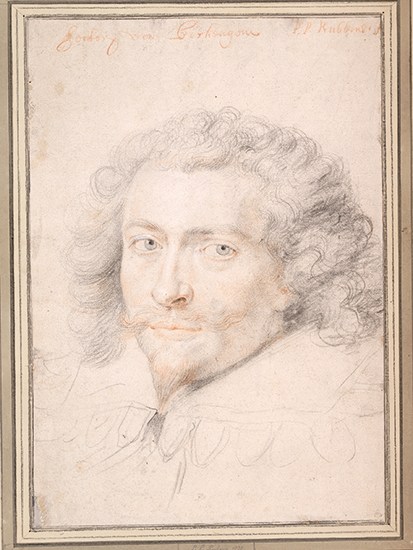
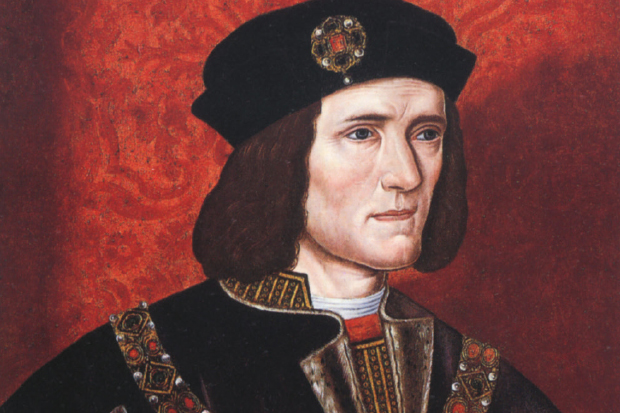
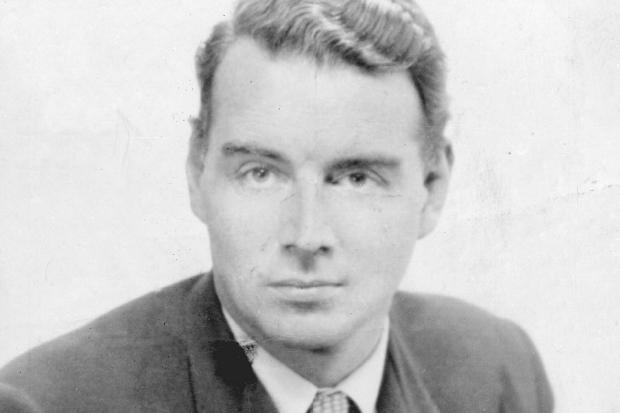
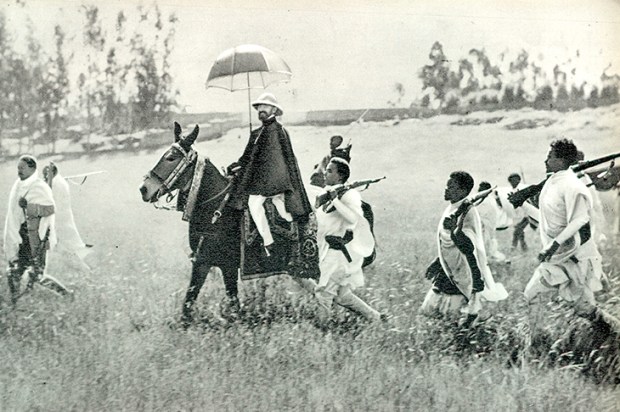
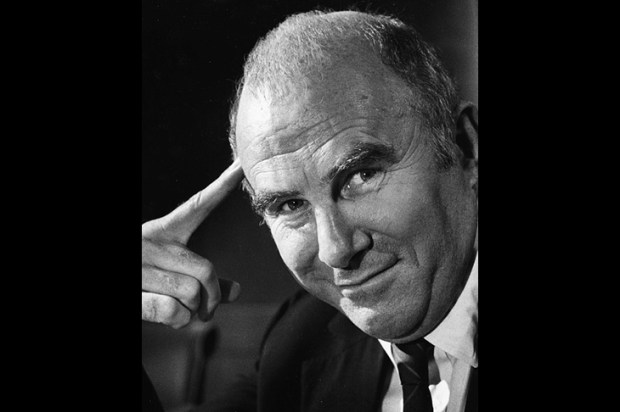

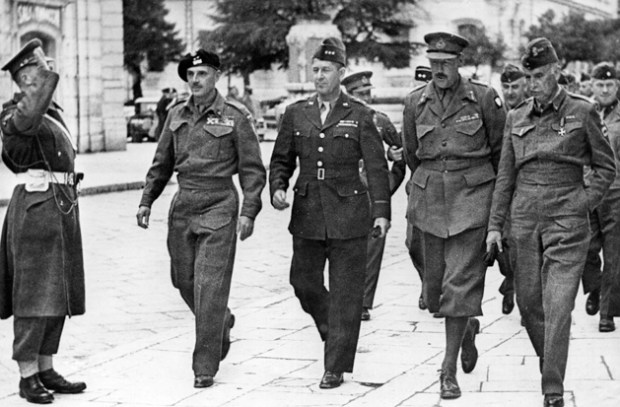






Comments
Don't miss out
Join the conversation with other Spectator Australia readers. Subscribe to leave a comment.
SUBSCRIBEAlready a subscriber? Log in